Published 9/2023
Created by Satyendra Singh (NCFM and NSIM certified ) Technical and analyst, portfolio manager,Machine learning expert
MP4 | Video: h264, 1280×720 | Audio: AAC, 44.1 KHz, 2 Ch
Genre: eLearning | Language: English | Duration: 7 Lectures ( 1h 12m ) | Size: 949 MB
IOT basics, Architecture and Design of Internet of Things,Protocols of IOT,Cloud and IOT,Raspberry Pi and Arduino
What you’ll learn
IOT Basics
IOT Architecture and Design
IOT protocols
IOT and cloud
Arduino, Raspberry Pi
Arduino and Raspberry detailed project
Humidity measurement and Temperature using Arduino, Raspberry Pi
IOT Components
Layer Architecture of Internet of things
Requirements
Learn should have basic knowledge of Computer Science
Awareness of IoT functionality
Description
This course will cover below mentioned details1. IOTIOT definitionsAdvantages and disadvantageschallenges of IOT2. IOT Architecture and Design – Components- Layer Architecture- Middleware of IOT3. Internet of things protocolsIOT Protocols descriptionCommunication ProtocolData Link ProtocolNetworking Layer ProtocolsTransport Layer ProtocolApplication Layer Protocol4. Cloud and IOTa. Cloud detailsb. Major Cloud service providersc. Edge Computingd. Fog Computinge. Grid Computing5. Raspberry Pi and Arduino1. Arduino Description2. Arduino Boards Types3. Raspberry Pi description4. Raspberry Pi Models5. Raspberry Pi and Arduino comparison 6. Raspberry Pi and Arduino project• Uses of sensor • Use interface switches• MQTT,COAP Messaging• Raspberry and Arduino Pi coordination • While the idea of IoT has been in existence for a long time, a collection of recent advances in a number of different technologies has made it practical.• Access to low-cost, low-power sensor technology. Affordable and reliable sensors are making IoT technology possible for more manufacturers.•Connectivity. A host of network protocols for the internet has made it easy to connect sensors to the cloud and to other “things” for efficient data transfer.•Cloud computing platforms. The increase in the availability of cloud platforms enables both businesses and consumers to access the infrastructure they need to scale up without actually having to manage it all.•Machine learning and analytics. With advances in machine learning and analytics, along with access to varied and vast amounts of data stored in the cloud, businesses can gather insights faster and more easily. The emergence of these allied technologies continues to push the boundaries of IoT and the data produced by IoT also feeds these technologies.•Conversational artificial intelligence (AI). Advances in neural networks have brought natural-language processing (NLP) to IoT devices (such as digital personal assistants Alexa, Cortana, and Siri) and made them appealing, affordable, and viable for home use.
Who this course is for
Programmers and Developers
Software Engineers and Architects
Project Managers
Data Analysts
Application Architects
University Professors and Students
Homepage
https://anonymz.com/?https://www.udemy.com/course/certified-iot-expert-course/



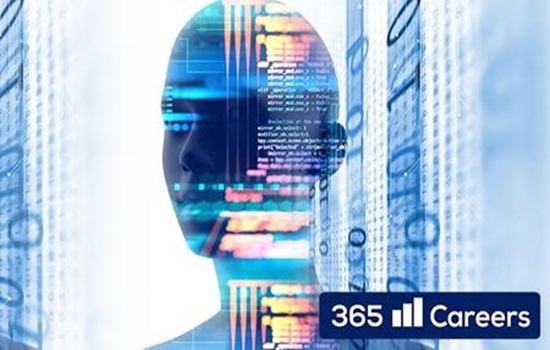
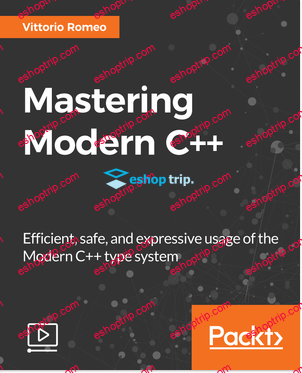

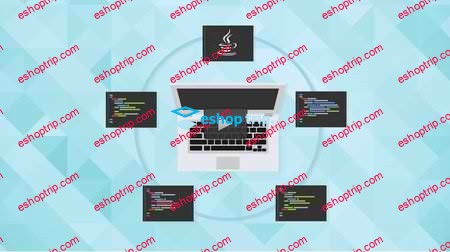
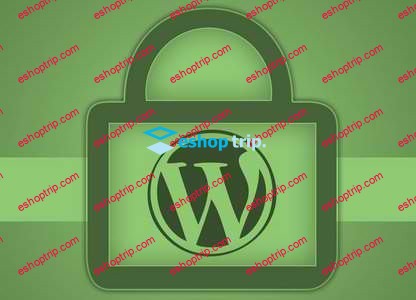
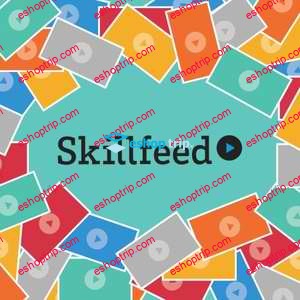
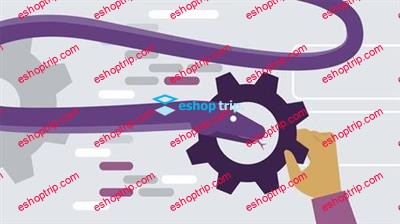
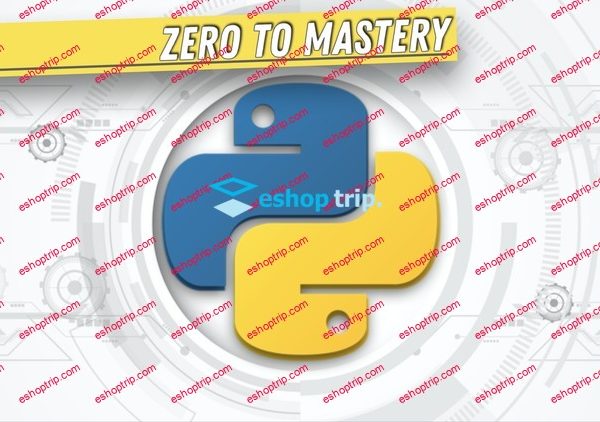
Reviews
There are no reviews yet.